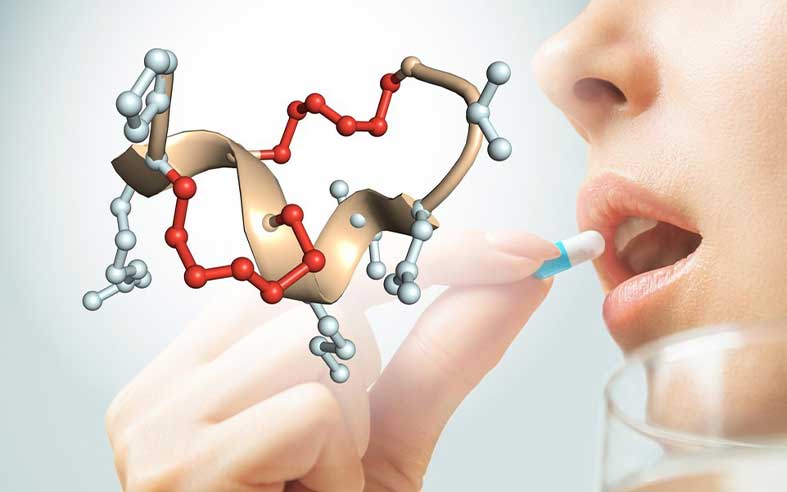Active ingredients of peptide drugs
In 1923, with the use of insulin derived from the pancreas of animals for the treatment of type 1 diabetes, a revolution has been created in the use of peptide drugs. Since insulin drugs had an annual growth rate of 10% due to the prevalence of obesity, the beginning of the development of peptide drugs can be attributed to shorter peptides such as oxytocin, vasopressin, somatostatin, and gonadotropin-releasing hormone.
The importance of peptide drugs increases diurnally and the interest of pharmaceutical companies in using peptide drugs has been growing rapidly in recent years. These drugs are known as a promising solution for the treatment of various diseases such as cancer, diabetes and cardiovascular diseases. The therapeutic use of peptides for other diseases is also evolving, although in the future, anti-cancer therapeutic peptides will occupy the largest share of the market. One of the most important features of peptides is their efficiency, selectiveness, stability and high immunogenicity.


